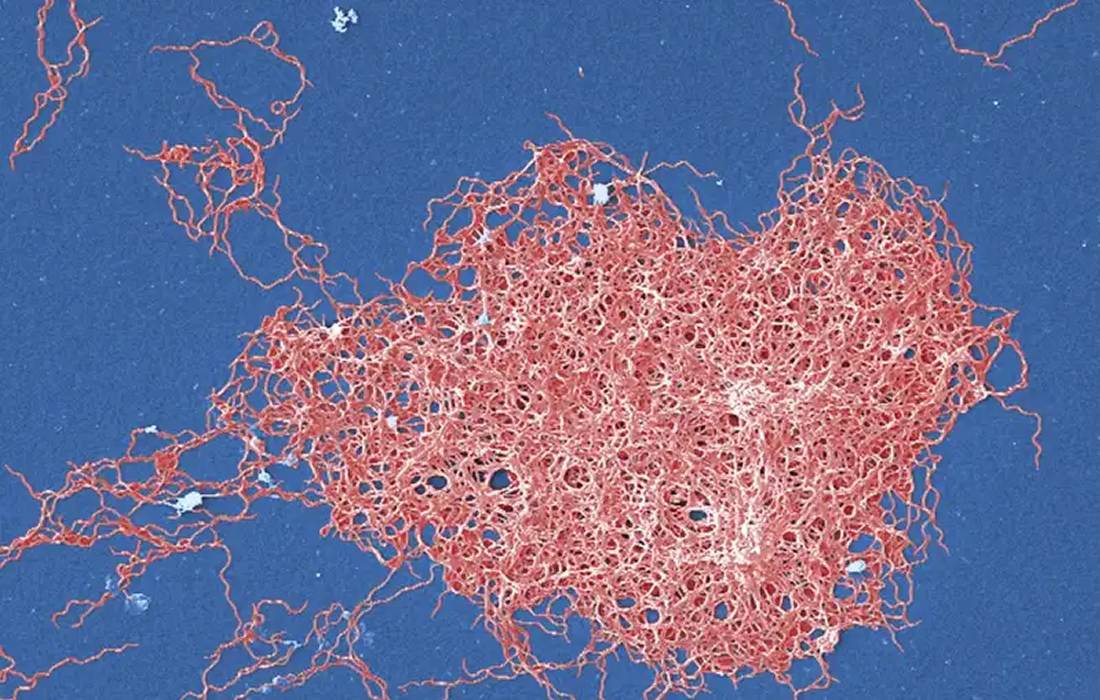Regenerative Medicine News and General Information
New Treatment For Lyme Disease
Lyme’s disease is the most common vector‐borne illness in the United States and Europe, as migratory birds, among other factors, are spreading infections, increasing the burden of illness.
In 2015, CDC researchers reported an estimated 329,000 new cases of Lyme disease in the United States, with a 320% increase in the number of counties affected. The cost of Lyme disease to the US economy has been estimated at approximately $3 billion in direct costs (Adrion et al., 2015), with even higher losses due to lost work hours.
What is Lyme Disease?
Lyme disease is a condition caused by the spirochete Borrelia burgdorferi. Acute infection is notable for a characteristic rash called erythema migrans, which starts at the site of inoculation by the tick. From there, the bacteria disseminate quickly to other skin sites, the heart, and the peripheral and central nervous system, causing carditis, radiculitis and nerve palsies, and meningitis. If not treated during the early phase of infection, late symptoms of infection with B. burgdorferi include arthritis and neurological issues.
How is it Normally Treated?
The acute disease is treated with broad-spectrum antibiotics, such as doxycycline, amoxicillin and ceftriaxone. Treatment with broad-spectrum compounds comes at a considerable cost to the patient, disrupting the gut microbiome and selecting for resistance in off-target bacteria.
The microbiome shapes the immune system and contributes to maintaining a healthy gastrointestinal tract and preventing cardiovascular, mental health and autoimmune diseases.
Development of narrow spectrum antibiotics is therefore highly desirable. Which was the reason a group of researchers sought to identify compounds that act selectively against B. burgdorferi.
New Research Study
Most antibiotics currently in use have been discovered from soil actinomycetes. These have been heavily overmined, and more recently, novel compounds are coming from other genera.
A group of researchers published a study recently in the journal Cell evaluating compounds that could act selectively against the bacteria. Their research uncovered hygromycin A, a known compound with poor activity against a variety of bacterial species.
Hygromycin A proved to be highly active and selective against spirochetes. The compound acts by binding to a conserved region in the 23S rRNA and they found that the antibiotic smuggled into the bacteria by a nucleoside transported, explaining its selectivity.
The medication effectively cleared an infection in a micel model by oral administration and had minimal effect on the gut microbiome, which makes hygromycin A an attractive candidate for developing an antibiotic targeted treatment for Lyme disease.
This compound was originally identified in 1953 and was found in soil. The researchers said that their results open the possibility of both creating a highly-targeted treatment for the disease in humans and eradicating Lyme disease in the environment. They might achieve this by distributing bait containing hygromycin A in areas where animals that transmit the ticks that carry B. burgdorferi exist.
Sources:
Timothy Huzar (2021, Oct 20) A new treatment for Lyme disease? Medical News Today. Retrieved from:
https://www.medicalnewstoday.com/articles/a-new-treatment-for-lyme-disease
Nadja Leimer, et al. A selective antibiotic for Lyme disease. Cell. Vol. 184, Issue 21. P5405-5418.E16, OCTOBER 14, 2021.DOI:https://doi.org/10.1016/j.cell.2021.09.011
Image from:
Microscopic image of Borrelia burgdorferi bacteria. Cultura Creative RF/Alamy.

